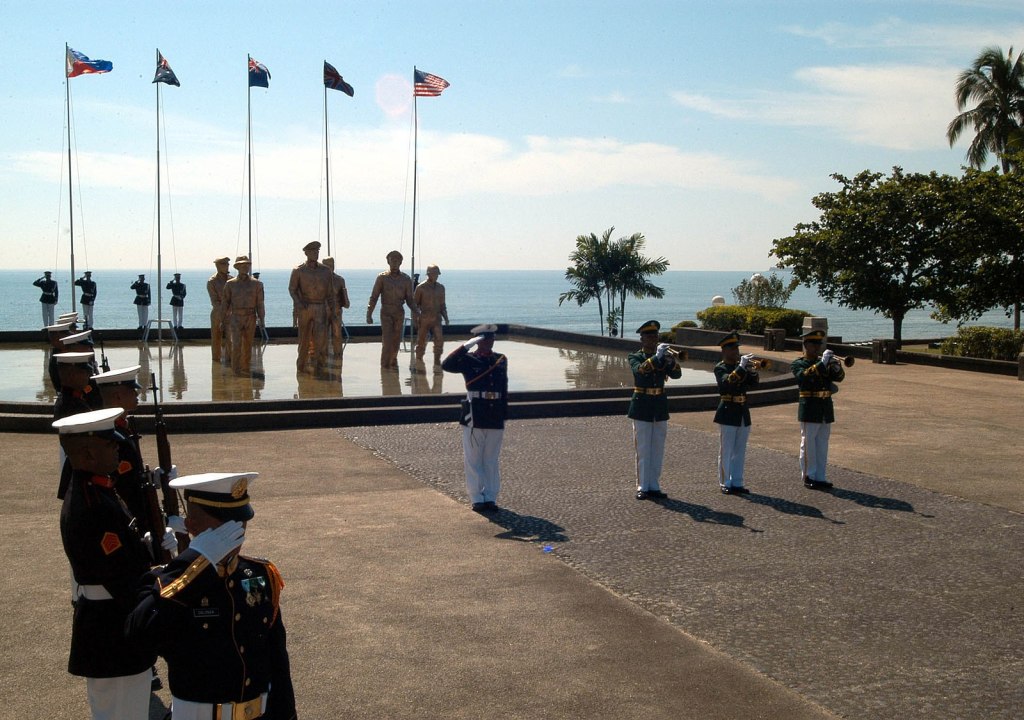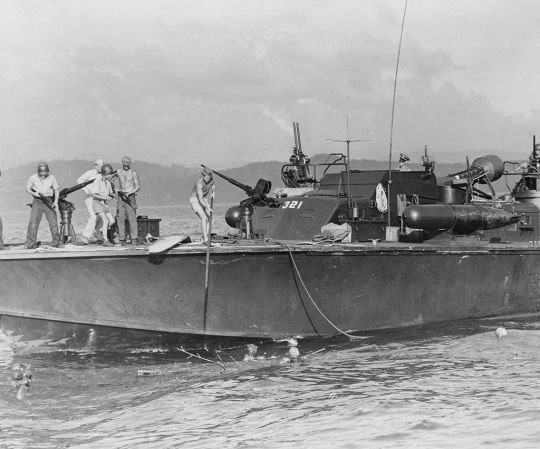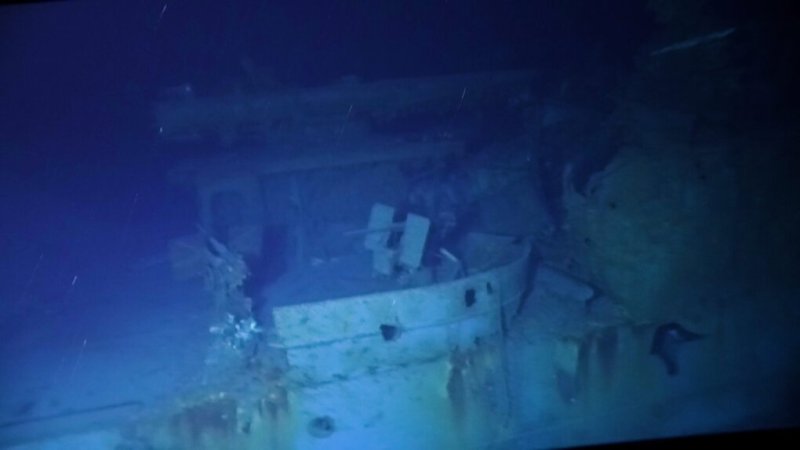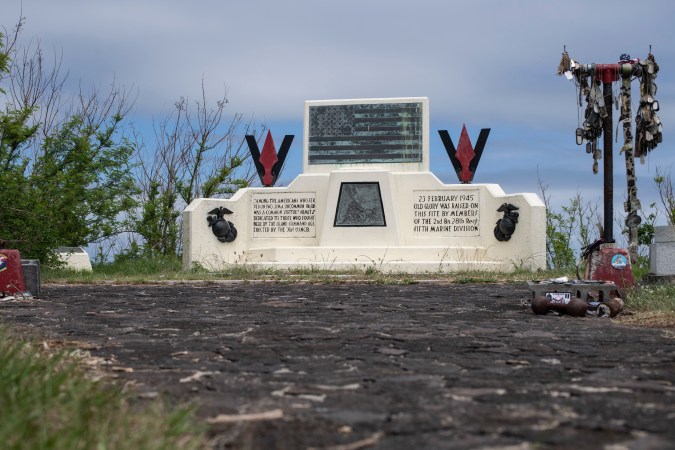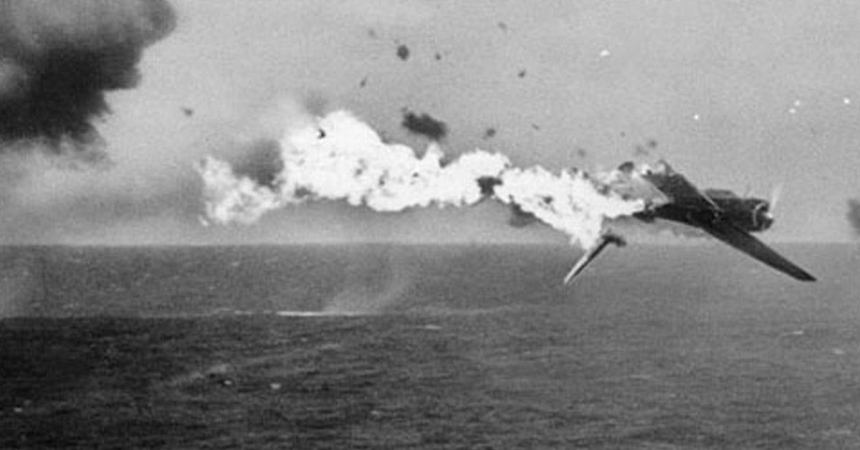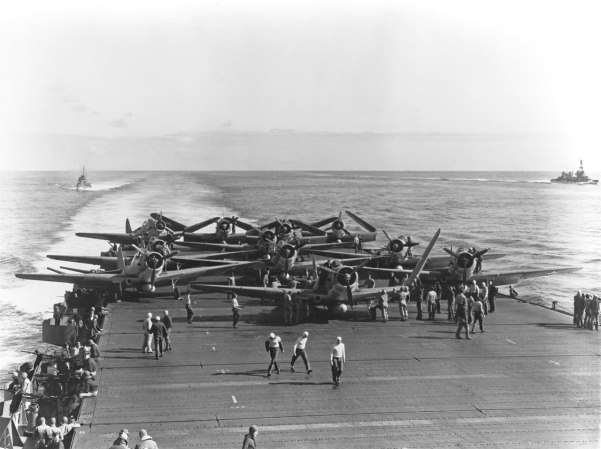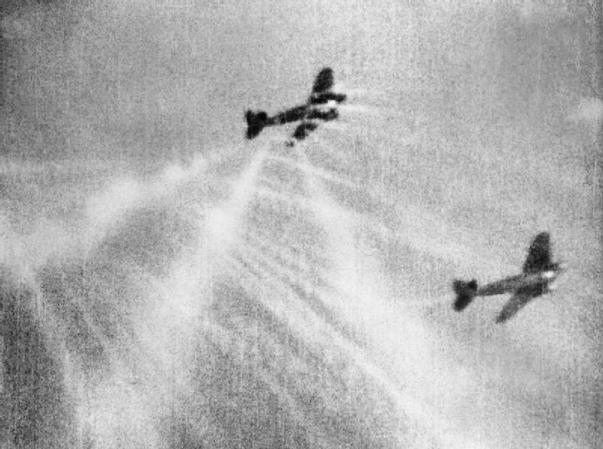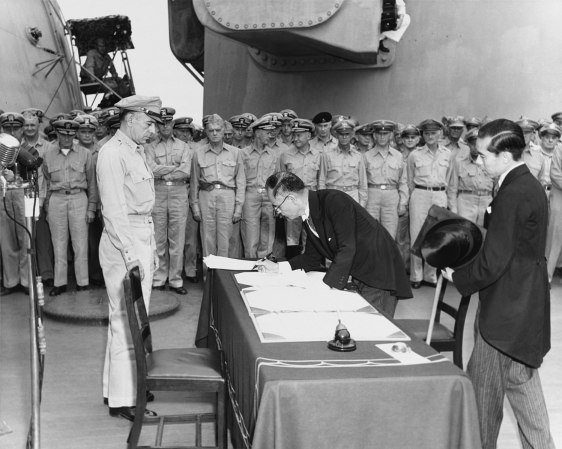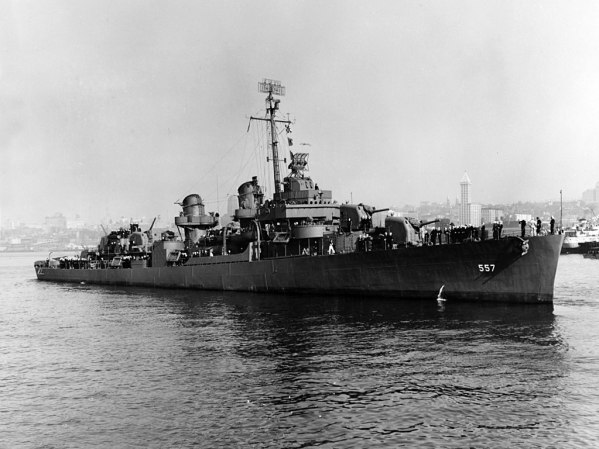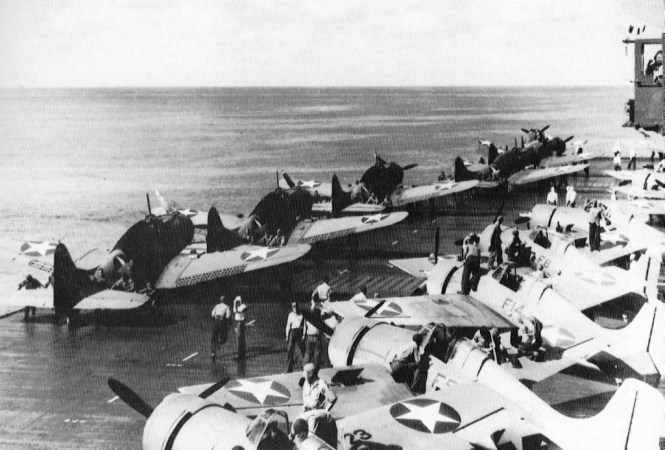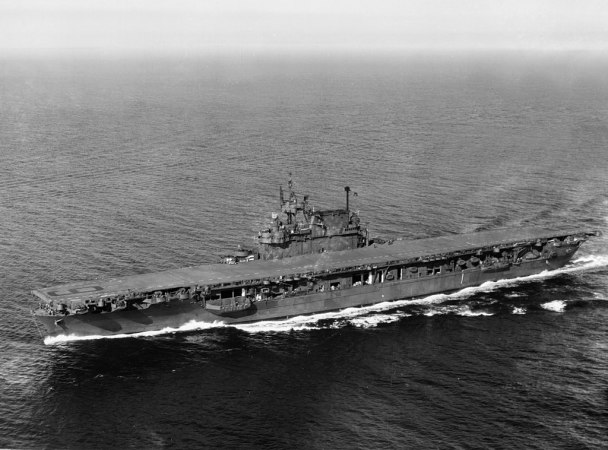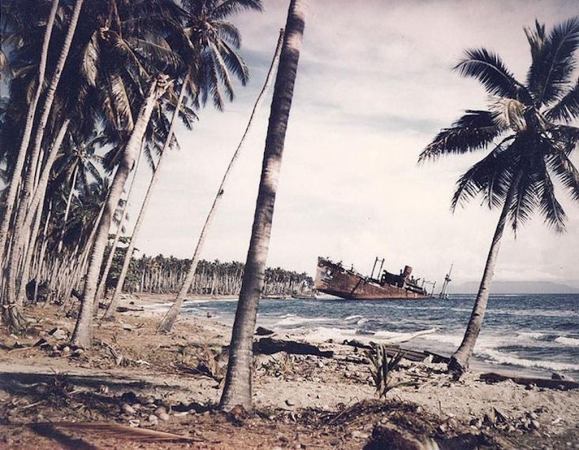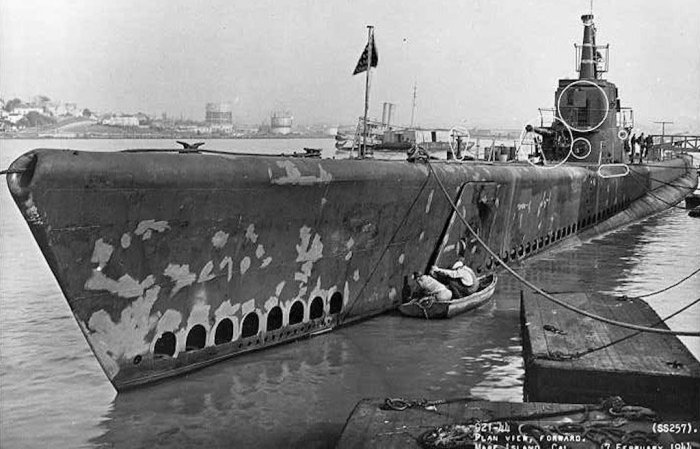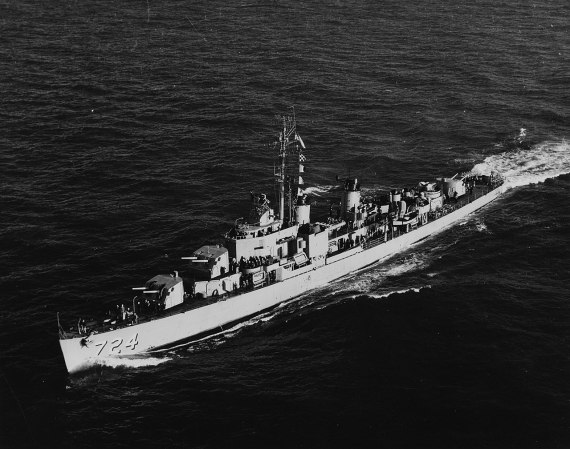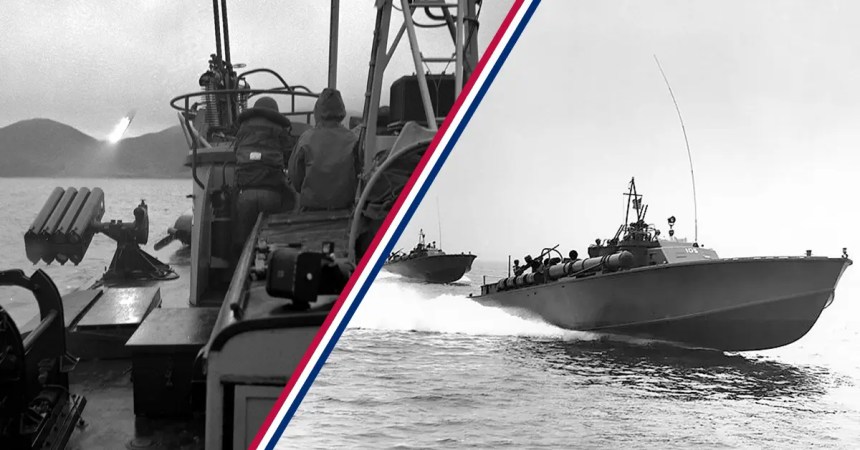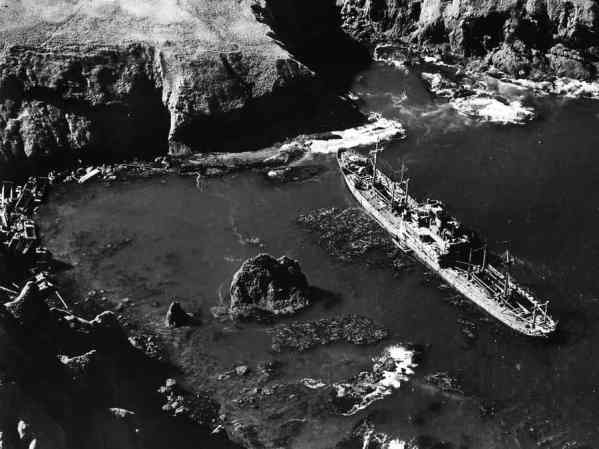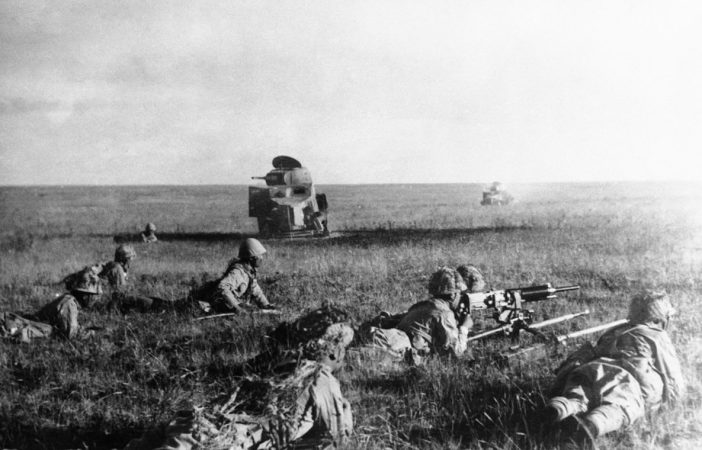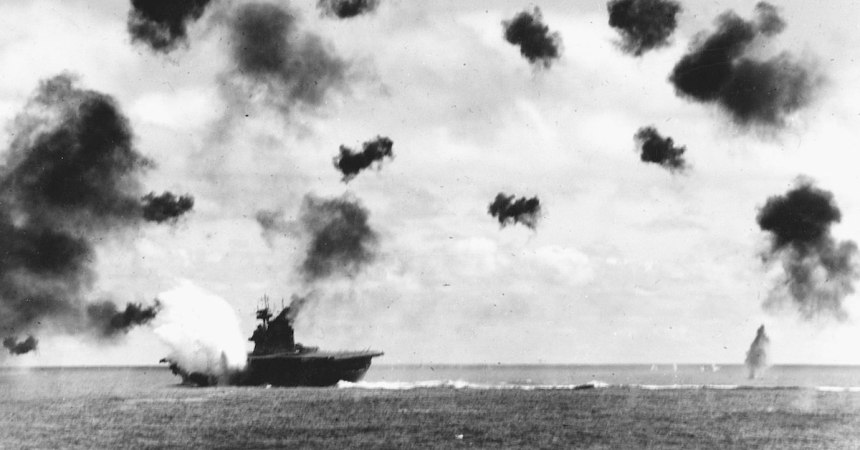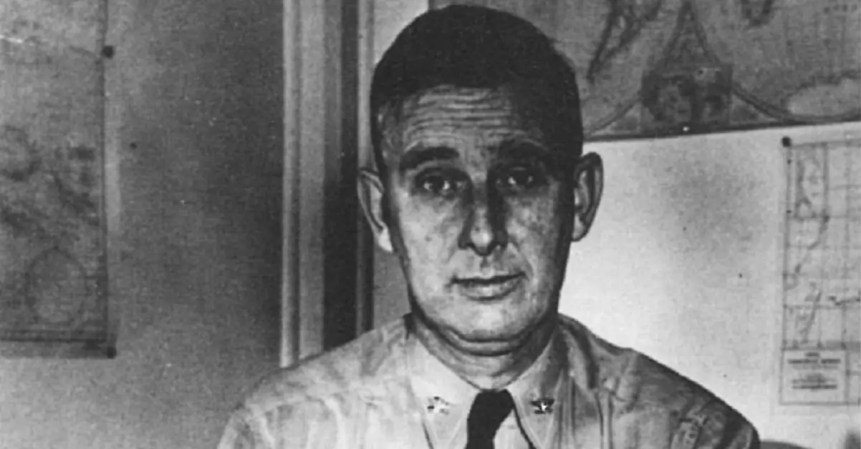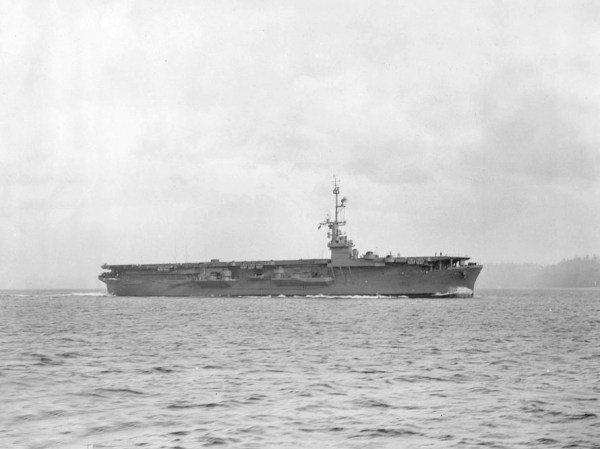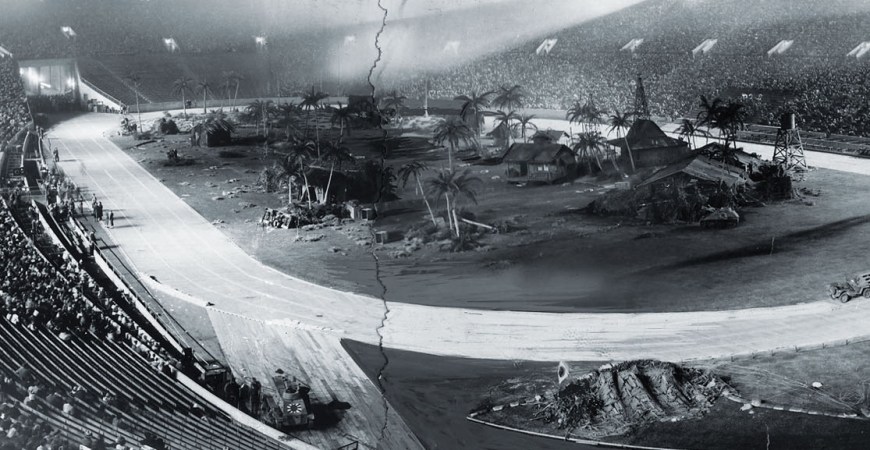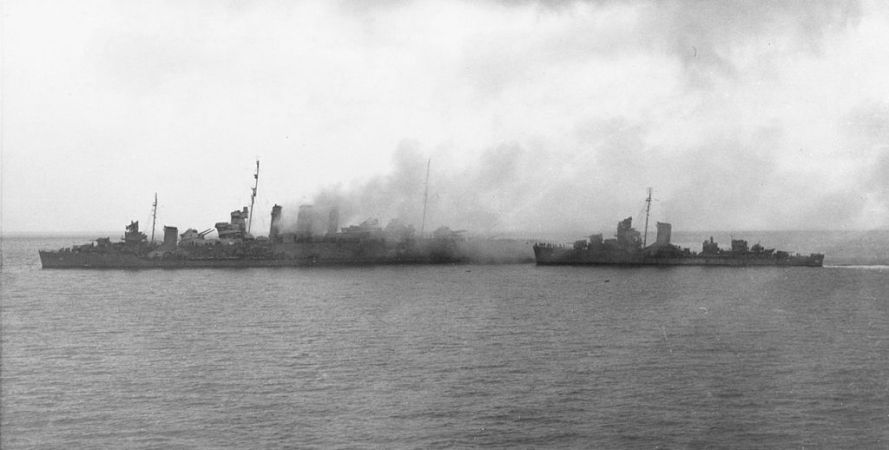In October 1944, the Japanese fleet was looking for a knockout blow against the U.S. Navy in the Philippines. This fight would become the Naval Battle of Leyte Gulf. Japanese commanders put together a daring plan that capitalized on their own strengths, they resourced and initiated it appropriately, then screwed it up so bad that it had the exact reverse outcome.
Here’s how Japan stepped in its own trap and cemented its losing position in the Pacific during the Battle of Leyte Gulf
The naval balance in October 1944
In the run up to the Battle of Leyte Gulf, the balance of power in the Pacific was tipping ever more convincingly toward the U.S. and other Allied Powers. American industry provided more ships and American cities provided more men than Japan could match. And previous fights like the 1942 Battle of Midway had cut deeply into Japan’s pre-war stockpiles.
Worst of all, nearly all Japanese carriers had either sunk or lost their air wings in battle.
And on October 20, 1944, America invaded the Philippines, starting on the island of Leyte.
Japan, with Pacific domination slipping ever further from their fingers, needed to defeat America in a major, winner-take-all confrontation. And it needed to win fast, before American bombers could reach the Japanese home islands.
Japan needed a win, and it launched Operation Sho-Gu, Victory Operation.
Operation Sho-Gu
The plan was a bit complicated, but it can be boiled down to two major steps.
First, use the remaining Japanese carriers in the area to form a decoy force to the north of the American fleet and landings, and use that decoy force to draw the American fleet away.
Then, use three additional forces to defeat the American forces “in serial,” one right after the other. They’d kill the ships remaining at the invasion point, then the forces ashore, and finally the fleet that took the bait. With the American advantage in airpower, these attacks forces needed the main U.S. Navy forces of the Third Fleet to take the bait.
The Americans take the bait
First, the Navy found all three attack forces en route. One suffered heavy losses from submarine attack. The second took heavy hits from a Third Fleet carrier attack, while inflicting the loss of one carrier and damage to a light cruiser against the U.S. The third Japanese attack force ran face-first into a torpedo attack and then suffered withering fire from six battleships.
With only two damaged arms remaining, the Japanese commander doggedly continued for Leyte. And something miraculous happened for them. The Third Fleet, led by the insatiable Fleet Adm. William “Bull” Halsey, turned north toward the Japanese decoy force. It was like a wolf pack that had eaten deep of three flocks but, jaws dripping with blood, turned toward a fourth.
Fleet Adm. Chester Nimitz, in command of the larger campaign, would later fault Halsey for this, saying, “It never occurred to me that Halsey, knowing the composition of the ships in the Sibuyan Sea, would leave the San Bernardino Strait unguarded.” Just a handful of escort carriers and destroyers now stood between the Japanese fleet and the beaches of Leyte.

A little destroyer attacks the massive Japanese fleet
On the morning of October 25, the Japanese fleet spotted Taffy III, a small force of six escort carriers, some destroyers, and a few smaller ships. The Japanese battleship Yamato was larger than the entire American task force. While the Japanese had suffered heavy losses, they still vastly outnumbered and outweighed the American defenders and, thanks to American miscommunications, had the element of surprise.
At 6:45 am, Japan launched its attack. The American task force, understanding the danger it was in, fled east to try and hide in a squall. The smaller ships launched smoke to hide the carrier and make good their own escape, and then one destroyer had a change of heart.
Japanese fire rained down around the USS Johnston, the nearest target. With his ship clearly in mortal danger anyway, the commander, Lt. Cmdr. Ernest Evans, ordered “flank speed, full left rudder” and charged into a fleet that he could barely hope to damage with anything other than his torpedoes.
At 10 miles away, the Japanese fleet was able to concentrate fire on the Johnston, and it had to close another two miles to fire its torpedoes. But it did, and the Johnston blew the bow off a Japanese cruiser. Unfortunately, multiple battleship shells then ripped through the Johnston, slashing its speed, severing electrical power to multiple artillery batteries, and wounding Evans.
Evans would posthumously receive the Medal of Honor.
Taffy III wheels into the fight
But the rest of Taffy III came to fight, as well. The lead ship ordered “small boys attack,” and the other destroyers went to the Johnston’s aid, using their deck guns to try to harass Japanese sailors on deck and their torpedoes to scatter the fleet.
It worked, even the Yamato sailed away from the battle for 10 minutes as it avoided two torpedoes.
But the destroyers were essentially mongooses in a den of cobras. They fired antiaircraft weapons into Japanese bridges and batteries. They fired their deck guns into whatever they could find. And they launched torpedoes like they’d be fined for bringing them back.
And then Adm. Clifton Sprague, Taffy III’s commander, made a decision that would save his ships and, potentially, the entire invasion. He ordered his carriers to launch their planes, even though they’d all been configured with weapons to support the landings. And he asked the carriers of Taffy I and Taffy II for help.
This was basically a goose attack
It’s important to note: None of the Taffy units thought they’d be on their own. Indeed, Halsey would be deeply criticized for going north with all of his carriers, and even more so for not telling the Taffy units that he was doing so.
Many Taffy planes had no weapon that could seriously harm an armored battleship. Some of them were only carrying machine guns and depth charges. They were essentially geese swarming a park goer. It might be scary, but a determined Japanese attack could have scattered them all.
But something amazing happened. The aggressive tactics confused the Japanese attacker. A small group of destroyers and a few hundred planes forced a huge blunder.
With few aircraft of their own with which to disperse the American attackers and no reconnaissance flights to determine the American fleet makeup, the Japanese commander decided that the decoy must have failed. He thought that he was fighting the entirety of the Third Fleet.
This, this screw up ripped defeat from the jaws of victory.
And so a fleet of some of the strongest surface ships in the war, some of them undamaged, turned tail. The cost was still high, with over 1,000 Americans killed. But the task forces survived, the beaches were protected, and the liberation of the Philippines continued. In less than a year, Japan would surrender.

Fallout of the Battle of Leyte Gulf
As we mentioned earlier, Halsey took criticism from all sides. In a series of public articles in 1947, he tried to point the blame at Adm. Thomas Kinkaid of the Seventh Fleet, and Kinkaid responded with perhaps the most-cutting description of Halsey’s actions.
During the largest naval battle of human history, Halsey led his offensive fleet and never found a fight. “The American fast battleships spent about half a day steaming north to engage the Japanese force, and half a day steaming south to engage another, but in the end did not fire a shot at either.”
For his part, Nimitz said, ““[My] regret is that the fast battleships were not left in the vicinity of Samar when Task Force 38 started after the striking force reported to be in the north … It never occurred to me that Halsey, knowing the composition of the ships in the Sibuyan Sea, would leave San Bernardino Strait unguarded … That the San Bernardino detachment of the Japanese Fleet … did not completely destroy all of [the] escort carriers and their accompanying screen is nothing short of special dispensation from the Lord Almighty.”
Nimitz would take his own criticism for the decision, since he gave Halsey carte blanche to pursue the Japanese. And he waited hours after he first learned of the Japanese attack near Leyte to ask Halsey where Third Fleet was and where it was headed. Historians would later postulate that a faster response by Nimitz or Halsey would have allowed six battleships to reach the fight in time, saving more Americans and allowing for the destruction of the Japanese fleet.


